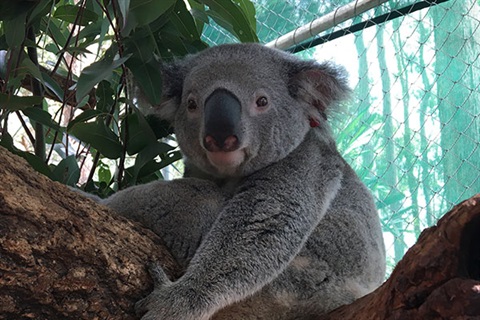
Byron Shire Council has a new draft Wildlife Corridor System that maps out the key links or ‘corridors’ between patches of habitat to help native animals move across the landscape and thrive.
The draft Wildlife Corridor System and interactive maps are on public exhibition and the community is invited to provide feedback by Monday 28 November.
“Byron Shire has high biodiversity so it is important for us to help our native plants and animals to survive and thrive in our increasingly man-made environment,” Byron Shire Council’s Biodiversity Team Leader, Liz Caddick said.
“One of the ways we can do this is to help them move safely between patches of habitat, so that they can find mates, food and seek refuge in times of natural disaster,” she said.
“Council’s new draft Wildlife Corridor System aims to do just that – by mapping out the key links, or ‘corridors’, between patches of wildlife habitat, that allow native wildlife to move across the landscape where they were previously hindered or unable.
“We hope that the map will inspire landholders in the Byron Shire to take steps to help protect or improve wildlife corridors on their property. These steps could include planting trees, restoring degraded habitat or replacing old fences with wildlife-friendly fencing. Even in suburban areas there are many things landholders can do to help, including planting native shrubs, putting up a nest box, keeping pets indoors, or leaving out clean water for wildlife,” Ms Caddick said.
The new Wildlife Corridor System is not an overlay in Councils Local Environment Plan, so it doesn’t impact on existing land use activities. For example, rural and urban land use activities that are permitted under the Local Environment Plan can still occur on land within a wildlife corridor.
“However, we are encouraging landholders to use the Corridor System to help make decisions that can benefit native wildlife on their properties,” Ms Caddick said.
Council has developed a and the community is encouraged to get online and have a look at where their property fits in our natural landscape.
“Even if you don’t live in a wildlife corridor, you can still help by being aware of where they are, and driving through them especially carefully between dusk and dawn when wildlife are most active,” Ms Caddick said.








